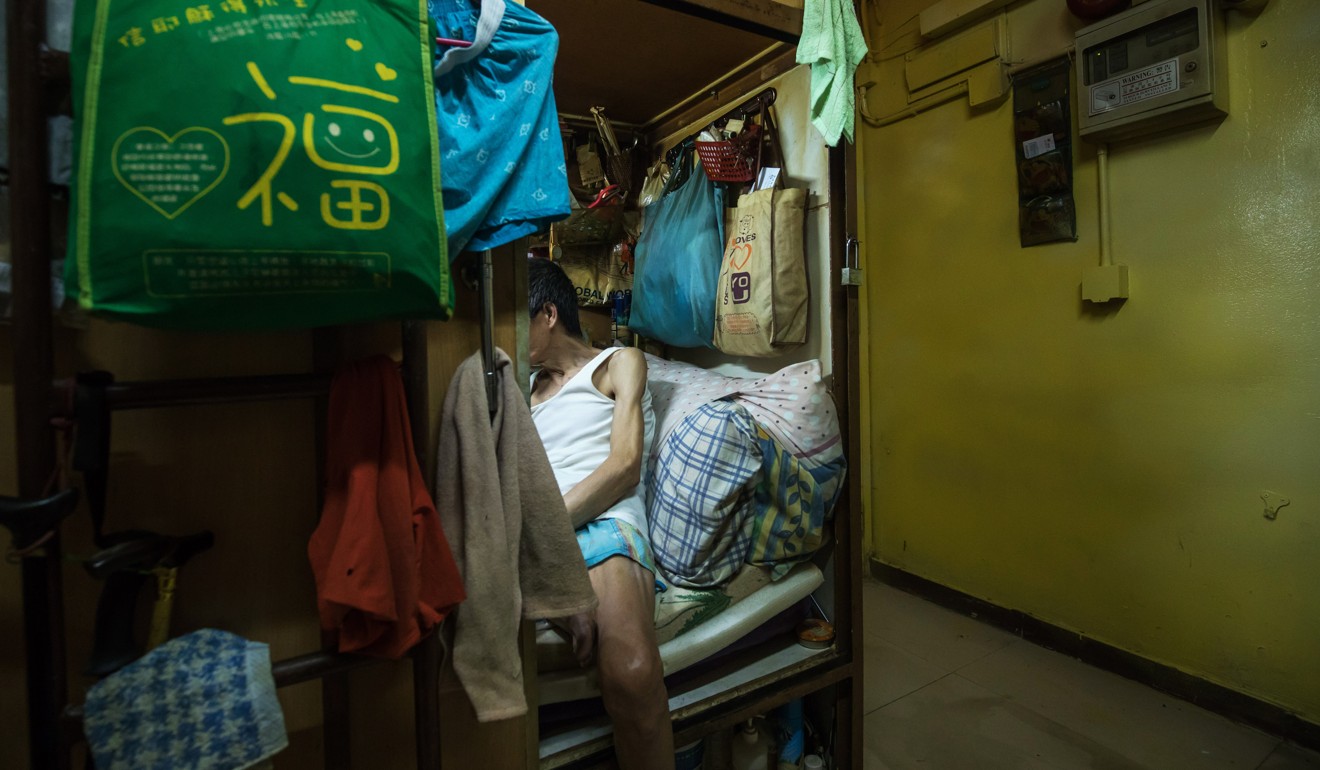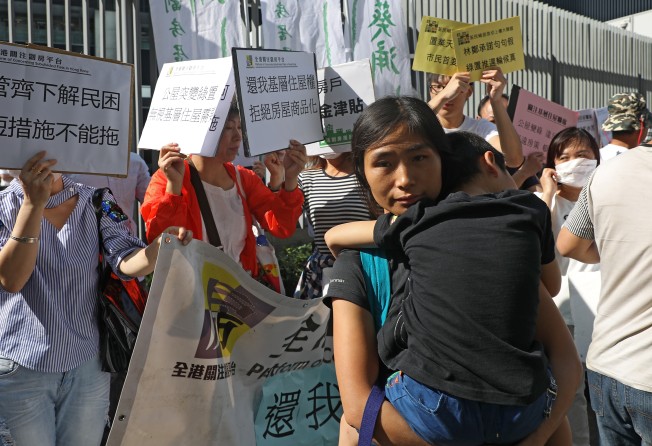
Regulate flat size in Hong Kong for the sake of our mental health
Alice Wu says something has gone wrong when some so-called nano flats that don’t even meet international standards for a jail cell are being sold for millions, and the government must step in

Hong Kong Chief Executive Carrie Lam Cheng Yuet-ngor ruled out rent controls or subsidies to help struggling residents, at her question-and-answer session last month at a Legislative Council meeting. The government is sticking to the plan it has used for years: find land for the construction of new flats.
Increasing land supply is crucial, of course, but it would be a mistake to believe that it is all the government needs to and can do. With the rise of micro or “nano” flats in Hong Kong – a 209 sq ft apartment in Pok Fu Lam was sold for an eye-watering HK$7.8 million (US$1 million) last month – the government cannot wash its hands of ensuring its residents not only have a place to live, but can also enjoy adequate living space.
This is not a frivolous concern. The Hong Kong Jockey Club Disaster Preparedness and Response Institute and the HKSKH Lady MacLehose Centre jointly conducted an investigation recently into how living in a subdivided flat affects a person’s mental health. They found that 80 per cent of the occupants surveyed suffered mental distress. In a follow-up study, researchers interviewed 10 of the occupants and found that they all reported a deterioration in their mental health; seven of them displayed signs of depression and/or anxiety while two were diagnosed with a mental disorder.

Distressingly, these Hong Kong hellholes – subdivided flats, cage homes and the like – appear to have inspired the rise of so-called nano flats. We can now add “designer subdivided flats” to the long list of tricks property developers use to squeeze every cent out of buyers.
Developers justify the building of these tiny flats by saying they meet market needs. As proof, they cite the flats’ popularity with young buyers. But the real beneficiaries of these claustrophobic units at high prices are the developers, who are laughing all the way to the bank.
How the government has allowed nano flats to be the norm in Hong Kong in unconscionable. In late 2016, when he was development secretary, Paul Chan Mo-po said there was no need for the government to set a minimum size for flats, even though many other places in Asia, Europe and North America stipulate a minimum living space per person, in the interests of safeguarding people’s standard of living. Perhaps such thinking is not surprising coming from Chan, now Hong Kong’s financial secretary. After all, back in 2012, he himself was embroiled in a scandal over the sale of illegally subdivided flats.
In fact, Hong Kong does have living space standards: the Housing Authority requires that each tenant in a public rental flat gets at least 75 sq ft of living space; prisoners in shared dormitories have 49.5 sq ft of space per person while maximum security prisoners should have 75 sq ft of living space. Evidently, Hongkongers can be charged millions of dollars for a space that can’t measure up to a prison cell or public housing standards. We would need to shave off 20 per cent of a person to fit those Happy Valley nano flats of 61.4 sq ft.
Some 200,000 Hongkongers forced to live in subdivided flats are paying prime rent to live in conditions that can’t meet standards set by the United Nations for the treatment of prisoners. It’s the prisoners’ right to have sleeping accommodation that meets “all requirements of health, [with] due regard being paid to climatic conditions and particularly to cubic content of air, minimum floor space, lighting, heating and ventilation”. And in all places where prisoners are required to live or work, the windows “shall be large enough to enable the prisoners to read or work by natural light, [so built] that they can allow the entrance of fresh air”.
Our policymakers’ rejection for living space standards that are the norm in so many different parts of the world may be attributed to “affluenza” – the sickness of being too privileged to understand the consequences of their actions (or inaction). Perhaps they need to experience first-hand the despair of living in hell before they look for more land to build more mental torture chambers.
It’s time to regulate flat size.
Alice Wu is a political consultant and a former associate director of the Asia Pacific Media Network at UCLA